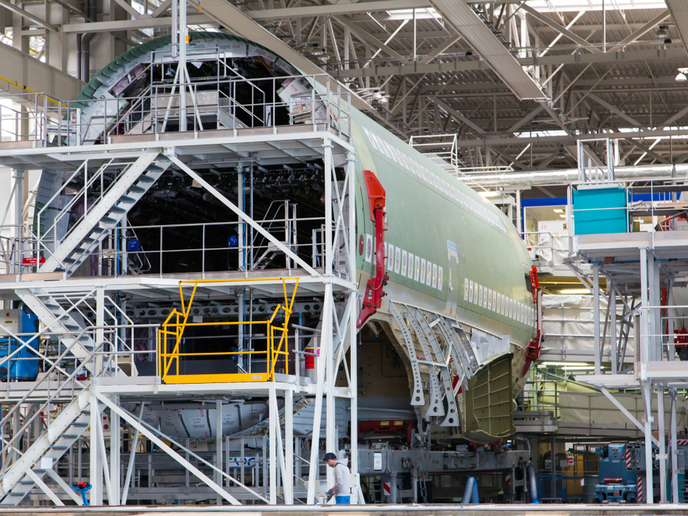New tools and methods to accelerate automation in aircraft manufacturing
Advances in model-based systems engineering (MBSE)(opens in new window) technology and product life-cycle management (PLM)(opens in new window) tools and procedures as well as digitalisation of the factory are becoming increasingly important in the industry. They are playing a key role in transforming the sector towards more efficient and sustainable activities. Many processes in the ground system test (GST) station of an aircraft’s final assembly line (FAL) lack automatisation, and improvements are needed regarding digitalisation and PLM integration. “Introducing technologies like MBSE in modern FALs can definitely impact the factory’s lean manufacturing and the environmental sustainability of the whole process,” states project coordinator Álvaro Fernández.
Improving the eco-efficiency of the assembly process
The EU-funded DILECO(opens in new window) project developed and launched PLM tools for ground functional testing with ecodesign criteria. “These solutions will improve FAL sustainability and efficiency of the GST process from start to finish,” explains Fernández. The main advantages will be enhancing the maintainability of ground test requirement (GTR) specifications, reducing labour hours for recurring tasks with no added value, improving the consistency of GTRs through PLM and leveraging collaborative engineering for the GST processes. Project partners set out to optimise the management of GTRs and ground test instructions in the FAL to deliver a more streamlined and reliable setting. Work began by developing and testing a model with the main relevant parameters that impact an eco-efficient aerospace assembly, in terms of both energy and resources used. They implemented this using an architecture compatible with the PLM environment. The sustainable manufacturing model will enable calculation of the eco-efficient impact of a new product or process. The DILECO team defined a new and improved methodology to perform delta calculations. Deltas are differences that arise between the expected GTRs and their industrialisation, and they are a vital part of the GST process as they ensure the quality of the testing process. Team members proposed a new solution that improves the procedure, adapts it to the new needs of users, and integrates it into the normal testing workflow and tools.
Competitive advantages in process manufacturing
The eco-efficiency model and tools will enable the FAL assembly method to take into consideration its energy and environmental impact, something that had not been done extensively until now. What’s more, the project will contribute to the general effort of maintaining Europe’s leading position in the aviation industry, boosting its competitiveness by helping to reduce production costs and ensuring industrial procedures’ quality and reliability. “DILECO has improved the GST process by introducing automated procedures previously done manually and by integrating functionalities formerly shared between different work environments into a single, streamlined workflow,” concludes Fernández. “To complement this, existing methodologies have been revised and updated to maximise their effectiveness and improve usability on the shop floor.” As a result, the GST process can be performed more efficiently.







